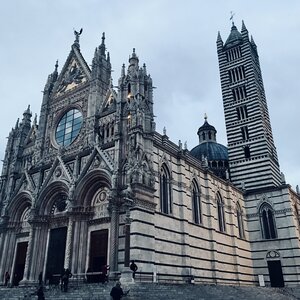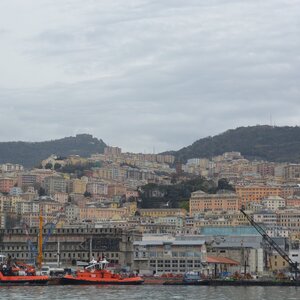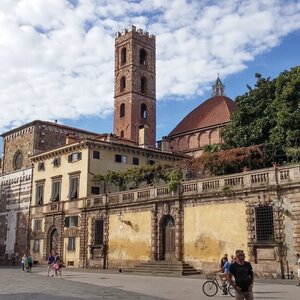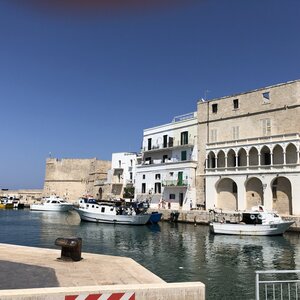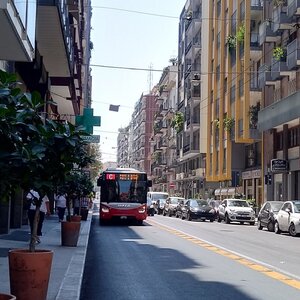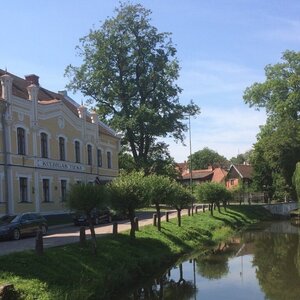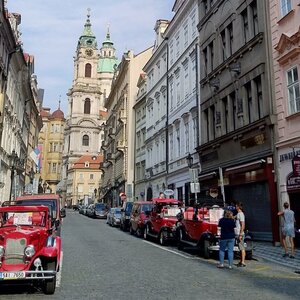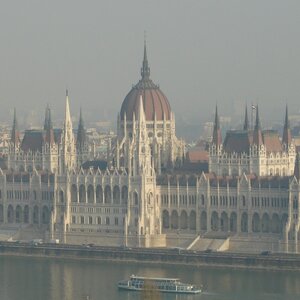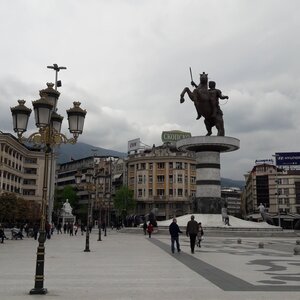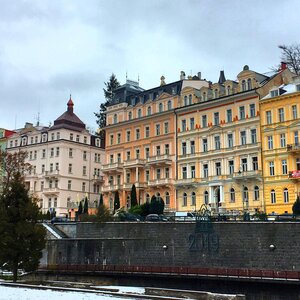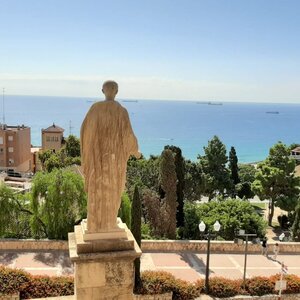The city’s specialty is its sassi cave houses. People appeared here in the Neolithic period 7,000 years ago, inhabiting the local natural caves. During the Neolithic period and ancient Greek times, people learned to enlarge the caves and turn them into full-fledged dwellings. During the Roman period, the city had walls, under which two neighborhoods with multi-story caves sprouted like an anthill: «Sassi», or «stones». In the 7th and 8th centuries, Greek and Benedictine monks came here and carved rock churches and monasteries in the caves.
There are several versions of the origin of the name: from the Latin «materia» (wood), from the Greek «Mataia ole» (void) or «Mateon» (starry sky), from «Mata» (pile of stones). It is only clear that the name of the city is as old as the settlement itself.
Matera was part of Puglia until 1663, then became part of Lucania (as Basilicata was then called) and was its capital until 1806, when this status was transferred to Potenza. The «capital» 140 years were the heyday of the city, with the appearance of classical architectural sights, and the next 150 years were its decline and degradation.
Sassi di Matera
It is the cave neighborhood of Sassi that has made Matera world famous. Sassi grew on one of the slopes of the La Gravina karst fault. The very name «sassi» appeared in documents in 1204 and literally means «stones». Today, a small stream flows at the foot of the town, which is all that remains of the river that formed the gorge.
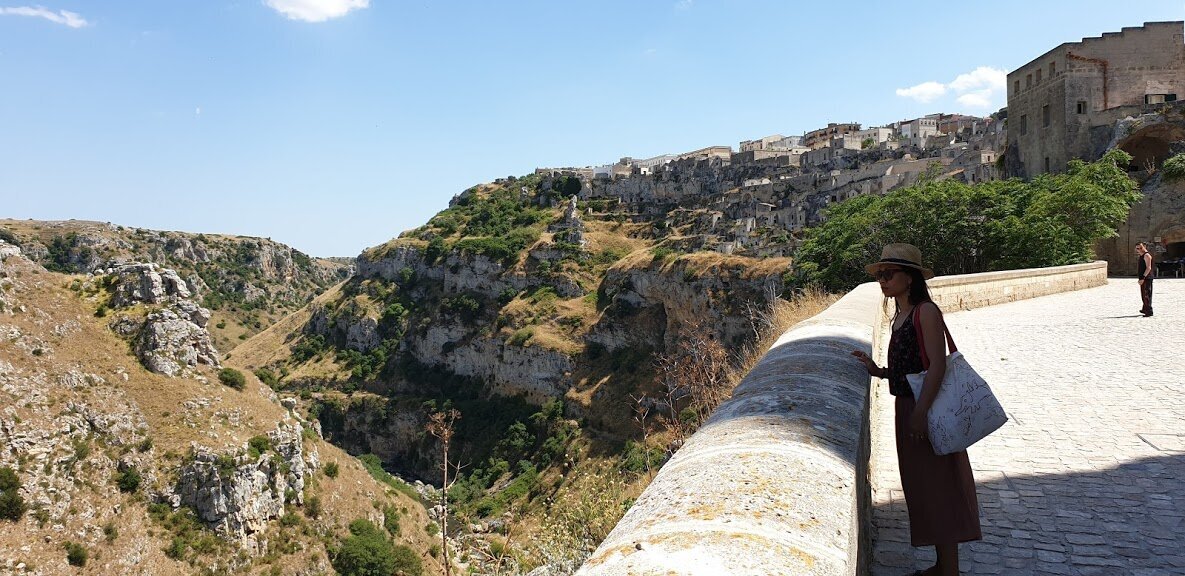
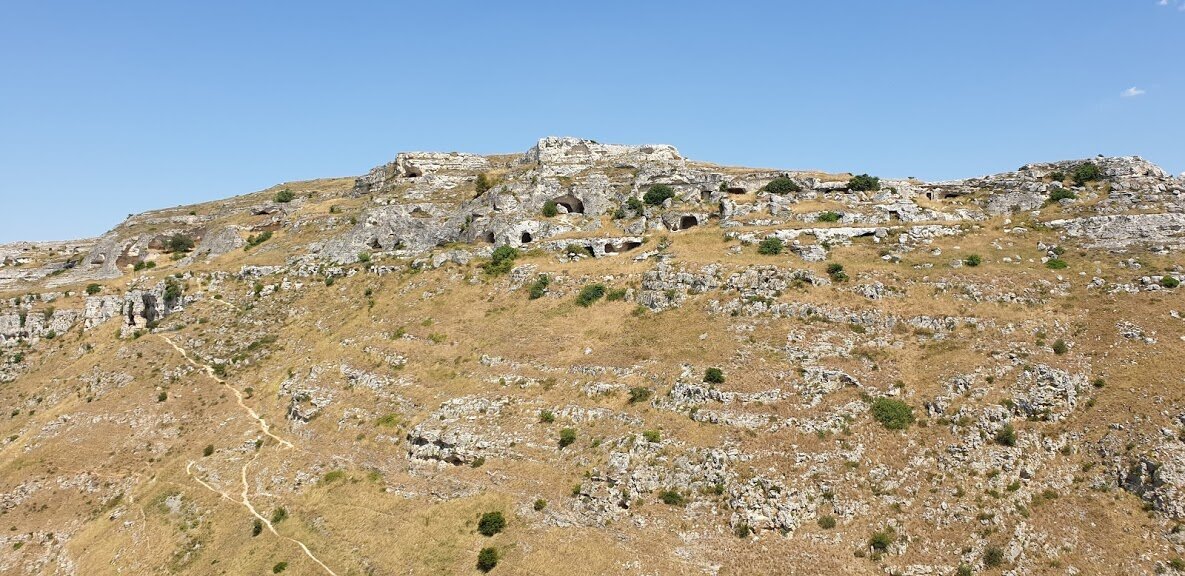
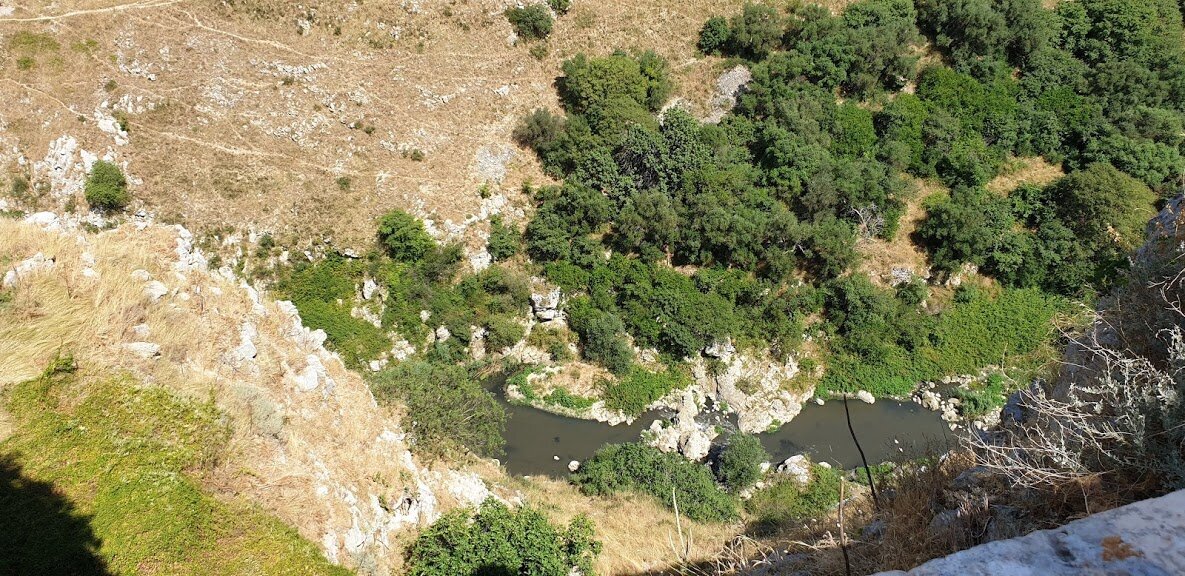
The neighborhood of Sassi consists of two parts: the older Sassi Caveoso and the relatively new Sassi Barisano. Above them is the hill of Civita with the Cathedral.
The caves are dug under each other, so that they form «high-rises» of several dozen floors. Dwellings, animal stables, barns, churches, burial grounds and cemeteries are all mixed together in these caves. By the middle of the last century, the Matera caves had become a symbol of the decadence and poverty of the Italian south, so in the 1950s the government decided to move people out of the caves and into modern housing. By then, 30,000 people lived in the sassi. It would seem that the inhabitants should be happy… but no: despite the prohibition to live in the sassi, the inhabitants did not want to leave their caves, constantly returning there, so the government had to concretize many of the cave houses.
Today, 3000 houses are inhabited here. Almost 70% of the sassi are owned by the state. The restored sassi are equipped with restaurants, hotels, apartments and stores.
Save yourself this sassy map, because the tourist info center in Matera is only in one place and it works with siesta.

In some cave museums, the environment has been restored to what it was like before settlement. Signs inviting you to experience the real life of modern «cavemen» can be found at every turn in Sassi. The most famous are:
- Casa Grotta di Vico Solitario with a neighboring church, in the Caveoso district, site
- Casa Grotta del Barisano in the Barisano neighborhood, site
- Casa Cisterna with a cistern system for water collection and storage in the Caveoso area, site
Casa Grotta di Vico Solitario
This is an authentic cave house in Sassi Caveoso, where a family with 8 children lived. It is believed to have been built in the early 17th century and abandoned by the owners in 1956, at the height of the Sassi resettlement campaign. Like most grottoes, this house is partly hollowed out in the tuff, partly completed.
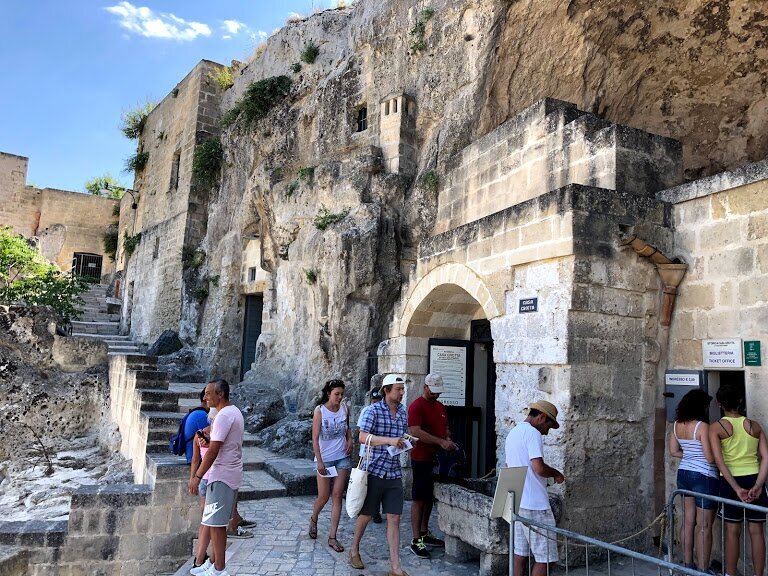
In the hollowed-out part, behind a partition, there was a manger for livestock and a container for storing manure and hay. There were also animals in the living room: a mule, pigs and chickens lived in a small stall with a manger.
There was no water supply; rainwater was collected in a nearby cistern cave. They also collected snow, which did not melt all summer and allowed them to store perishable food. If you’re interested in learning more about how the Materans collected and stored water and snow, check out Casa Cisterna nearby.
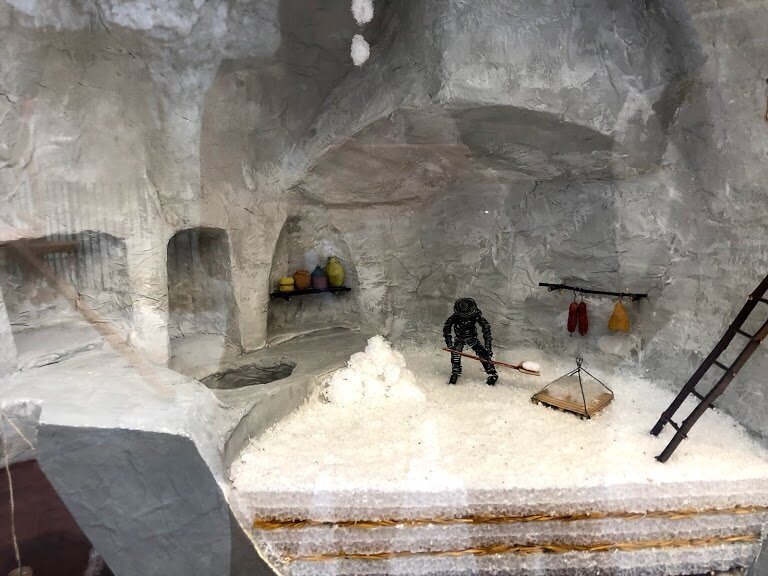
There was no sewage system either. A night potty in the corner by the headboard of the bed was used as a toilet.
The parents and 1—2 of the youngest children slept on the only bed. The rest of the children slept in the bottom drawers of the chest of drawers and on all the available drawers, which were covered with mats in the evening and turned into beds. The bed was unusually high: this protected against damp and cold floors and at the same time gave space for storing things. Chickens and chickens lived here under the bed.
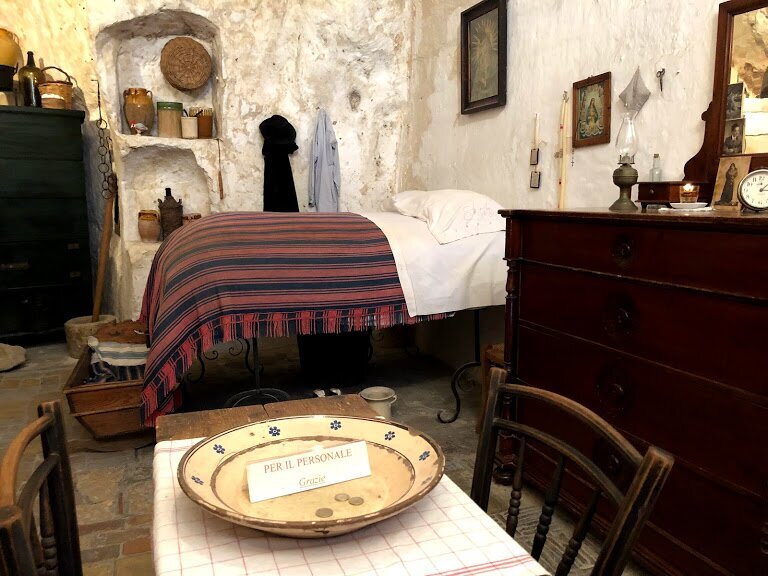
There is a single table in the house. On it was placed a common dish from which, standing around, the whole family ate. But the kitchen is surprisingly modern: the same devices Italian housewives still use today.
In winter, the house was heated by a small fire that was built in a copper lochan, and to the left of it was a cistern where rainwater supplies were collected.
- Entrance: 3 €
- Mode of operation: in summer weekdays from 9:00 to 20:00, on weekends until 20:30. In low season the house closes earlier. Please check the opening hours on the website.
The same ticket can be used to enter the neighboring cave, a former church.
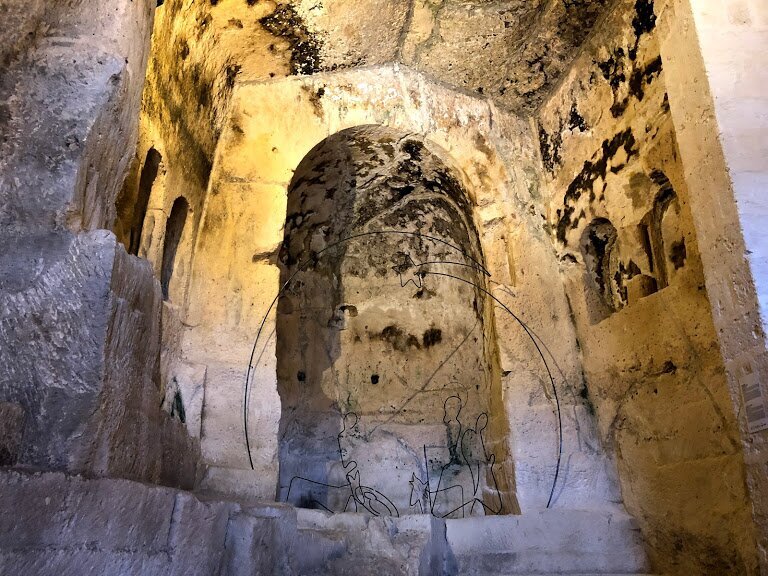
Sassi in Miniatura (Sassi in Miniatura)
Getting around Matera in one day is an almost impossible task, especially if you come in the heat of summer. The town is perched on hills, and the staircases from house to house are terrifying and seemingly never ending. It is physically demanding to explore Matera, and if you want to explore the whole city on your own feet, you need to come here for a couple of days.
For everyone else, just down the road between the Barisano and Caveoso districts, on Via Fiorentini there is a souvenir store of local artist Eustaquio Rizzi with his sculpture «Sassi in miniature». Three years in the making, 12 m2 square and weighing 3,500 kg. The visit is free, but for such work don’t spare a small donation or buy a souvenir.
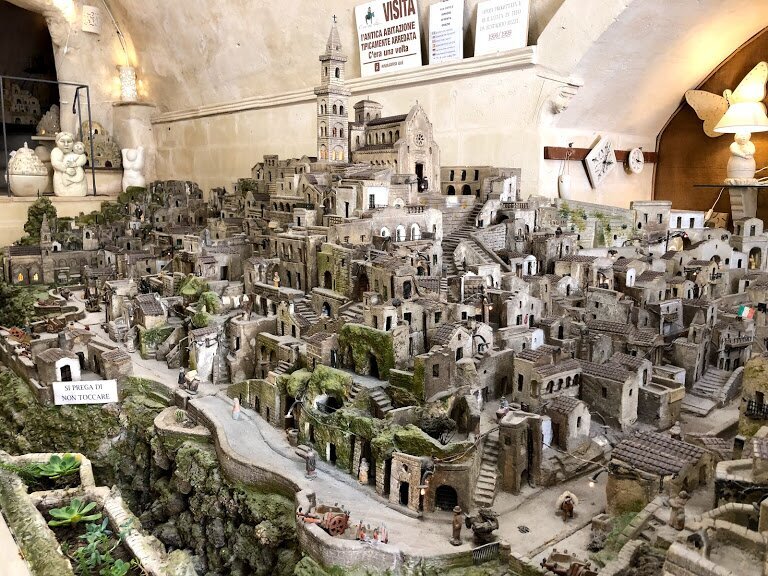
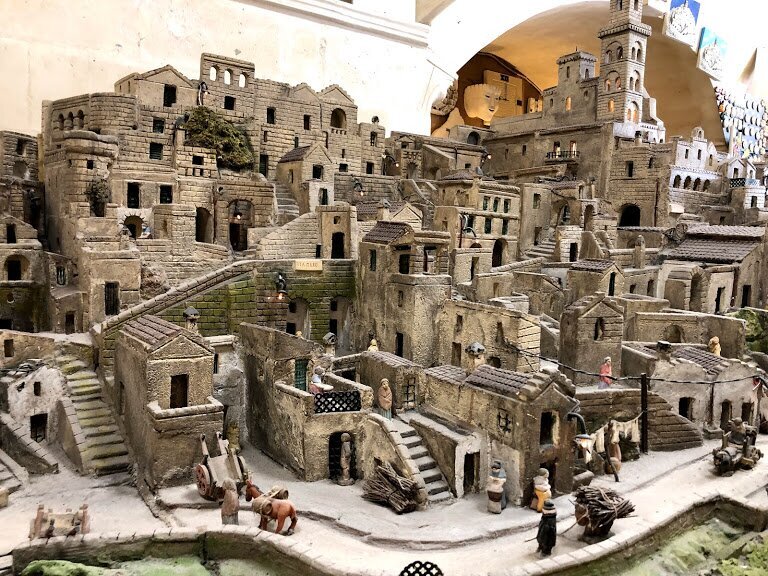
Churches of Matera
There are two types of churches in Materana: cave churches and regular, free-standing churches. The bulk of the cave churches are located in the Murcia Materana Park, but several significant churches can also be visited in the sassi. San Pietro Barisano often hosts jazz concerts, Santa Lucia alle Malve is famous for its frescoes. The monastery of Sant’Antonio is a complex of four cave churches, each in its own style.
The other most important grotto churches of Matera are Santa Barbara delle Cupole (ninth to tenth century) and the combined Santa Maria de Idris and San Giovanni in Montarone (twelfth to fourteenth century).
Among the Romanesque churches, apart from the Cathedral, the Church of St. John the Baptist (Chiesadi San Giovanni Battista) and the Church of San Pietro Caveoso (Chiesadi San Pietro Caveoso) are interesting. And the Church of St. Francis of Assisi (Chiesadi San Francesco d’Assisi) is of interest to lovers of Baroque architecture as a rare representative of the Apulian varie.
It is convenient to start from the far point of Sassi Barisano — Piazza San Pietro Barisano. It’s a lot of climbing up and down stairs, but from the church’s observation deck you can see the whole of old Matera.

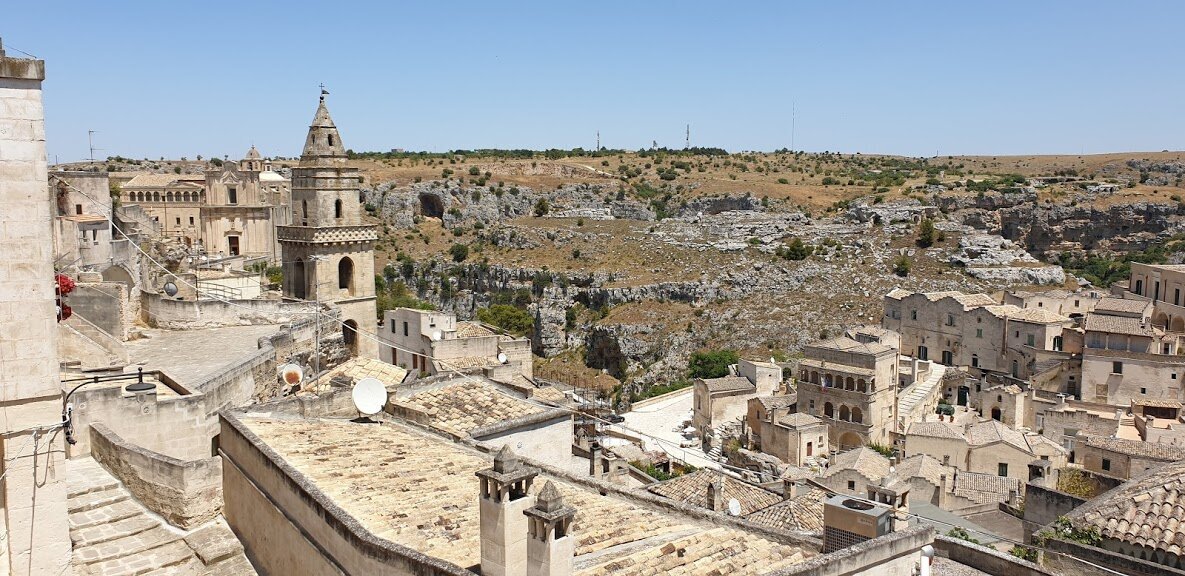
Attractions of Civita and the center of Matera
The Sassi district, although a tourist attraction, has never been a true city center. If you have time and energy left after wandering through the caves, you can spend it exploring the familiar sights of the Baroque and Classicist periods.
Cathedral of Matera (Cattedrale di Matera)
The Cathedral of Matera was built in the XII–XIII centuries, rarely rebuilt and today it is one of the few perfectly preserved examples of the Apulo-Romanesque style: with a rosette window, apostles and Madonna on the main facade.
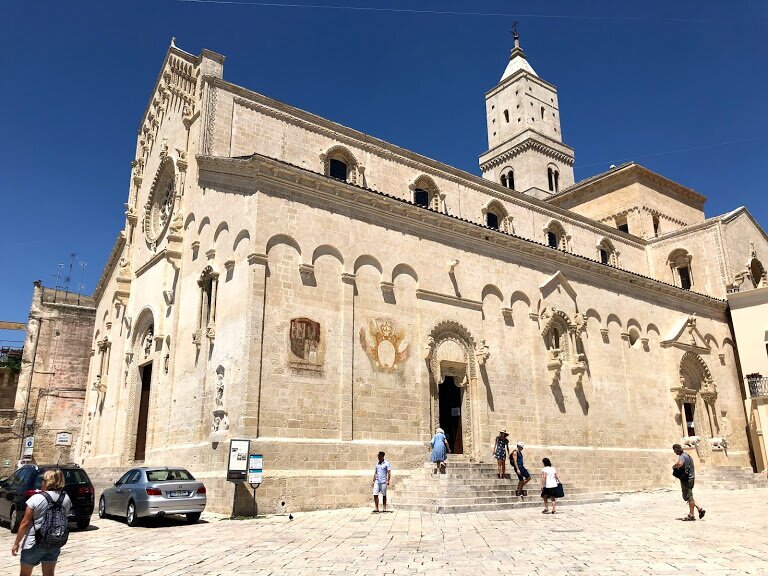
Looking at the slums, it’s hard to believe that Matera has had its own archbishop, and therefore a cathedral, for over 800 years. And where there’s a cathedral, there’s a cathedral. It is named after the Madonna and the patron saint of the city, the Great Martyr Eustathius Plakida: Santa Maria della Bruna e di Sant’Eustachio (La cattedrale della Madonna della Bruna e di Sant’Eustachio).
Little remains of the original interiors after the renovations of the sixteenth and seventeenth centuries, when the cathedral was decorated in the latest fashion. At that time, Matera was still the capital of Basilicata, and the rich decoration was meant to emphasize the city’s status.
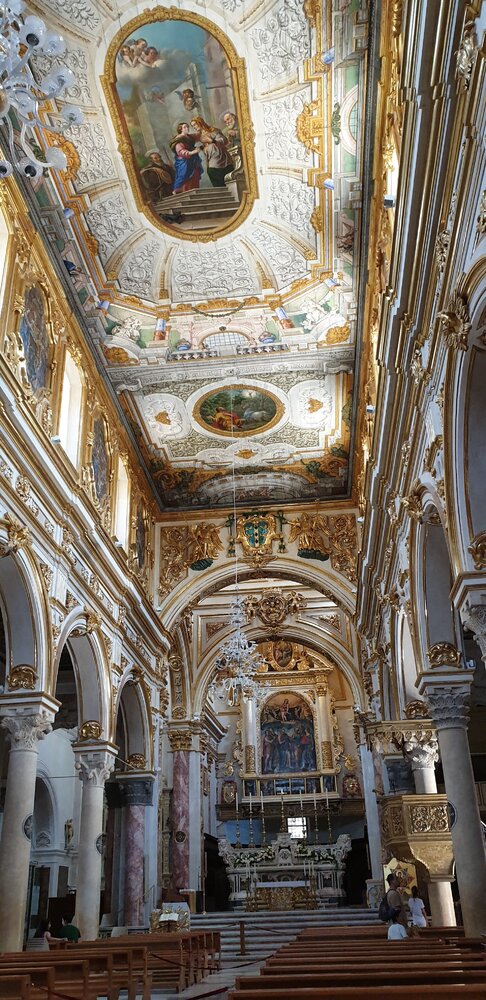
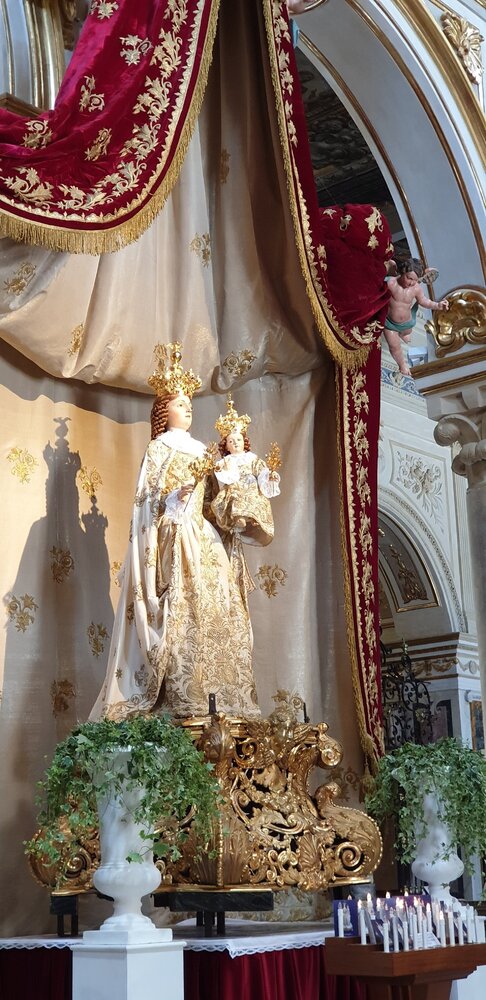
A copy of this statue participates every year on July 2 in the main town festival of Madonna della Bruna: it is carried on a cart through the center of the city, and at the end of the day the cart is dismantled into small pieces: it is believed that such a piece of the next year to bring good luck.
It is amazing how in the baroque splendor of the interior several frescoes of XIII–XV centuries have been preserved, including the main attraction of the cathedral — the fresco «Madonna della Bruna» (bruna — brunette). Although Baroque decoration was added to it.
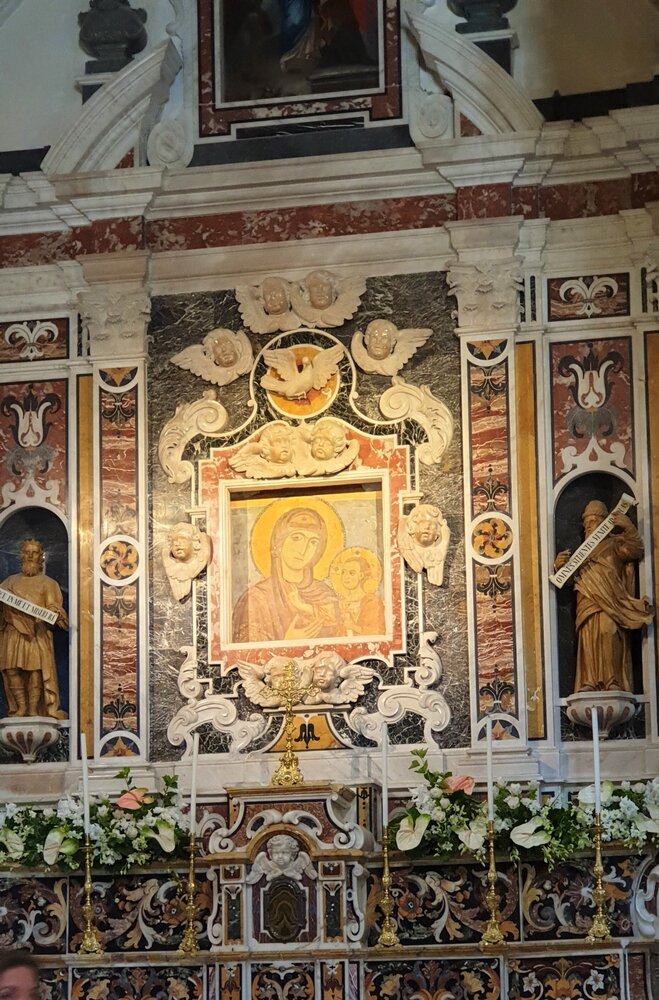
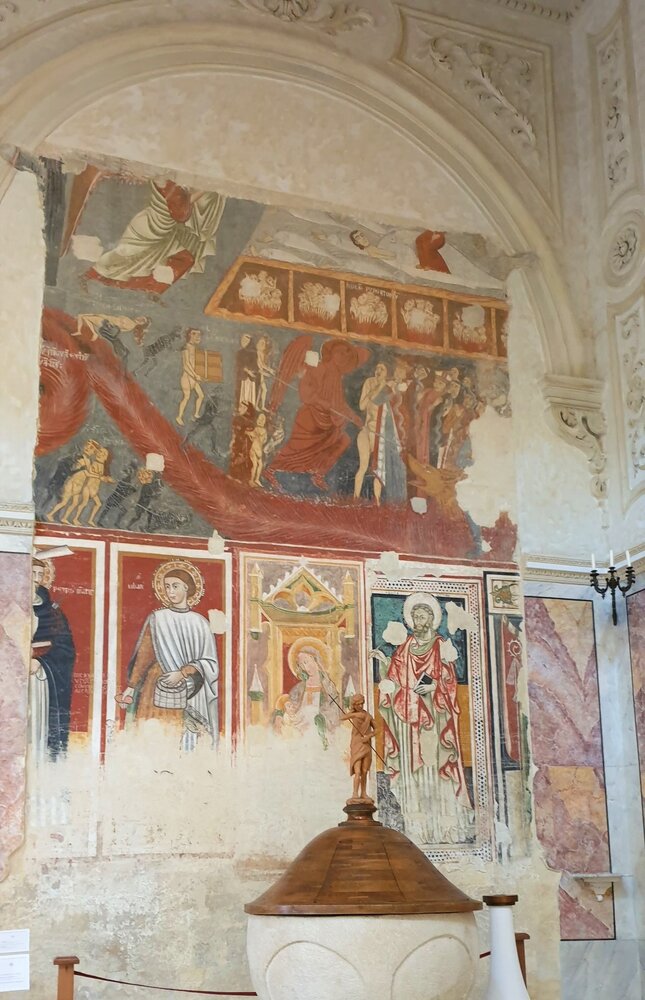
To the right of the Madonna in an ornate casket are the relics of St. Giovanni of Matera, an Apulian preacher of the 10th and 11th centuries who came from Matera.
To the left of the main altar, a carved stone creche from the 16th century has been preserved. This masterpiece is currently under restoration, but you may be lucky enough to see it.
- Entrance: free of charge. Audio guide: 2 €.
- Open: daily, 10:00 a.m. to 7:00 p.m.
Church of Francis of Assisi (Chiesa San Francesco d’Assisi)
According to legend, this church was built around 1700 on the ancient church of Peter and Paul, from which the very first frescoes of the XI century have been preserved inside. According to another legend, Francis of Assisi himself visited this church in 1218.
The church is decorated in the Apulian Baroque style and is located at the most important point of the city — at the crossroads of roads and squares, old and new town, sassi and wealthy neighborhoods.
- Admission: free of charge
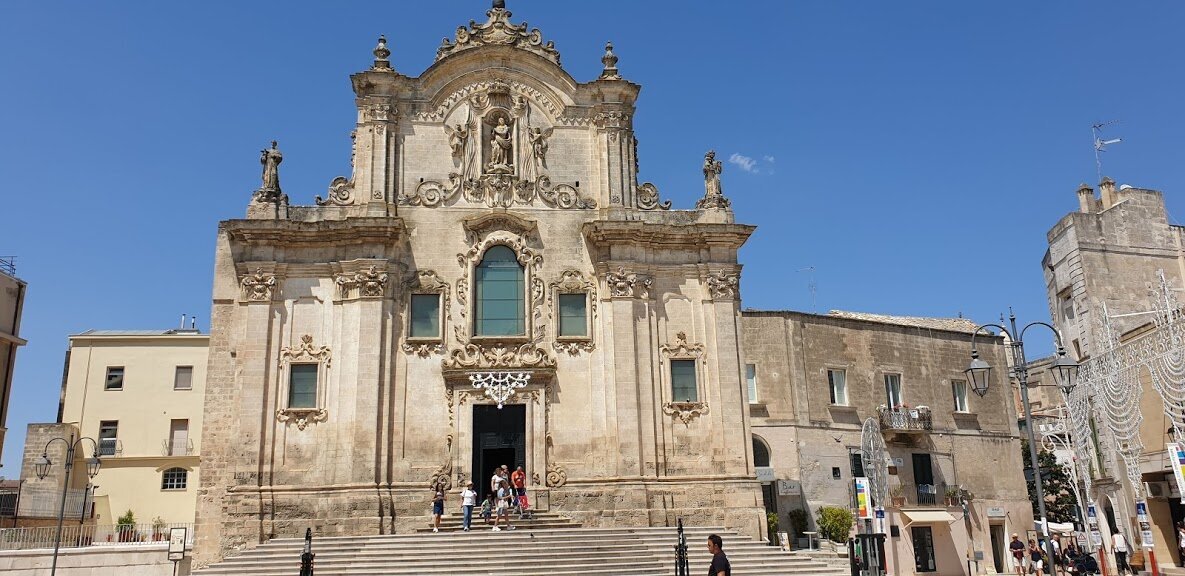
Church of Purgatory (Chiesa del Purgatorio)
Charming cute skeletons and skulls on the unusual semicircular Baroque facade next door to Piazza San Francesco is the Church of Purgatory, 18th century.
In Matera the cult of the dead was a little smaller than in neighboring Naples, so the Materans dedicated the building of this church to their dead. The whole town worked so hard to build the church that it took only 20 years to complete. According to legend, the skulls and skeletons on the facade and in the interior symbolize quite specific people from different classes who lived in Matera and should symbolize the equality of all after death.
- Working hours: Tues-Fri, from 9:30 to 19:00, break from 13:00 to 15:30.
- Admission: free of charge
Castello Tramontano (Castello Tramontano)
This castle rises above the town on a low hill. It was never completed and abandoned: Count Tramontano began its construction at the beginning of the 16th century not so much to protect the town from enemies as to protect himself from his subjects and to control the territory. The inhabitants did not like the Count: he was a visitor and imposed huge taxes on the town, and when the castle was built he raised the taxes even more. Not wanting to build a citadel for a tyrant stranger, the vassals killed him. The construction of the castle stopped, and it never performed its functions.
The castle can only be viewed from the outside. The entrance inside is closed to the public.
Museums of Matera
Palazzo Lanfranchi (Lanfranchi Palace)
Another museum is the Museo nazionale d’arte medievale e moderna della Basilicata (National Museum of Medieval and Modern Art of Basilicata) in the palace of Bishop Lanfranchi. The bishop has assembled here an impressive collection of works by artists of the Neapolitan school from the 17th to 18th centuries.
- Open daily from 09:00 to 19:00, December 24 and 31 — until 13:00
- Admission: 3 €.
Museo Archeologico Nazionale «Domenico Ridola» (National Museum of Domenico Ridola)
The Museo Nazionale Domenico Ridola, founded in 1911, houses evidence of the city’s history that will tell you how things really were. The building once housed the convent of Santa Chiara. Domenico Ridola was a doctor, mayor of Matera, senator and archaeologist. He was the first to excavate sassi in the area of the Murcia Plateau and discovered Paleolithic and Neolithic settlements. The artifacts he found formed the basis of the museum’s collection.
- Open daily, from 2:00 to 8:00 p.m.
- Admission: 2,50 €.
Museum of Peasant Culture (Museo-Laboratorio della Civiltà Contadina)
In the Museum of Peasant Culture, on an area of 500 m2, the peasant dwellings of Sassi di Matera and the organization of life in the overcrowded town are faithfully reproduced. More than 20 rooms and corners tell about the life of people of different classes and occupations. We didn’t have enough time to see it, but from the photos and descriptions, the museum is definitely worth a visit.
- The museum is open daily from 9:00 am to 1:00 pm and 4:00 pm to 7:00 pm. If the front door is closed during opening hours, ring the doorbell.
- Admission: 3 €.
- Website
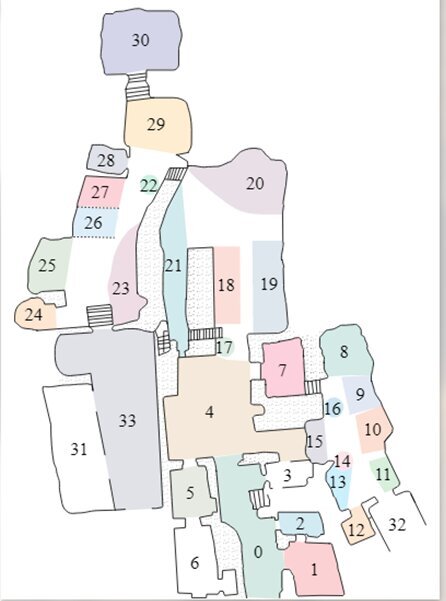
Useful links for traveling to Matera on your own
- Matera’s city tourism website



